| Links to related material | |
The eye: optics, anatomy and accommodationThe eye and the camera: similarities and differences. Anatomy and focussing. Accommodation and reading glasses. Retinal anatomies. The blind spot. Image formation and analysis.
|  |
| Complementary colours, after-images, retinal fatigue, colour mixing and contrast sensitivityAfter-images give complementary colour illusions due to retinal fatigue. Complementary colour charts. Demonstration of contrast sensitivity and lateral inhibition. |  |
| Colour mixingColour mixing with additive primaries (RGB = Red Green Blue) and subtractive primaries (CYM = Cyan Yellow Magenta). Additive mixing using RGB monitors, projectors and Newton's colour wheel. Subtractive mixing using paints and filters. |  |
| The Eye: performance and compromisesPhoton capture efficiency, aperture and aberration, focal length, integration time/ exposure time/ frames per second, stereoscopic vision, angle of view. |  |
| Why vision?Why is the octave from 400 to 700 nm so important? Why so little UR and IV vision? A comparison of vision and hearing. |  |
| |
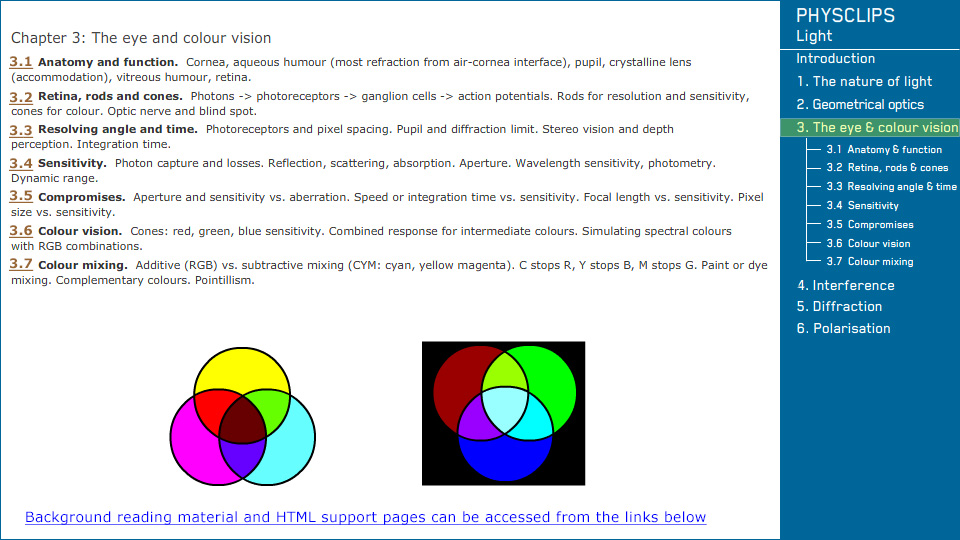





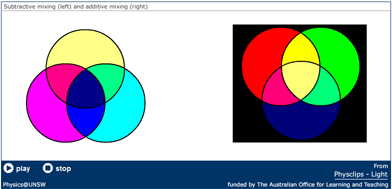
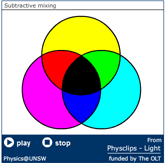
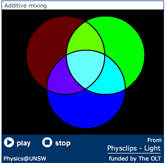
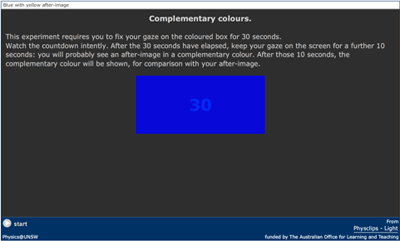
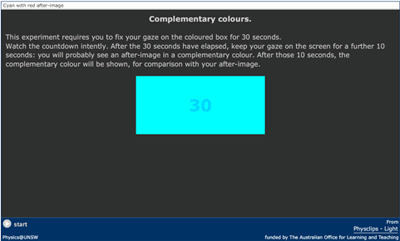
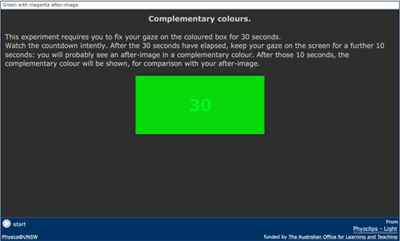
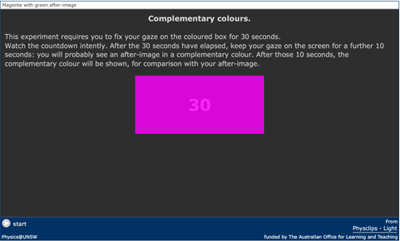
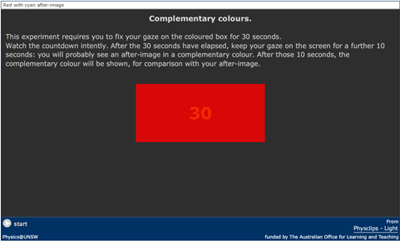
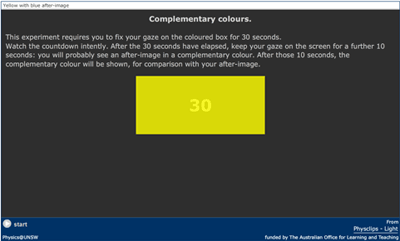
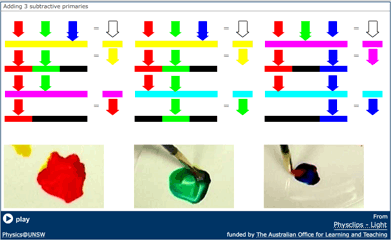
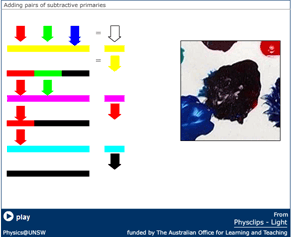
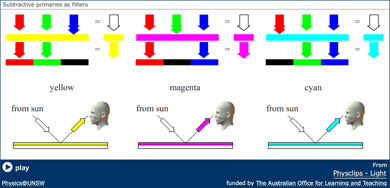
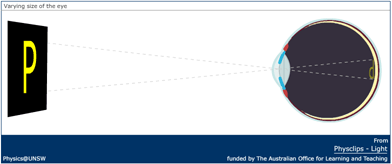
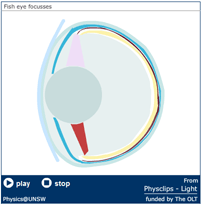
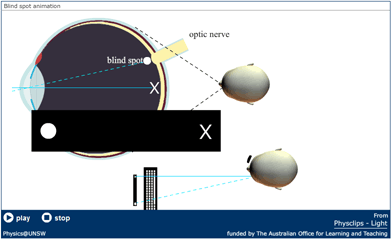
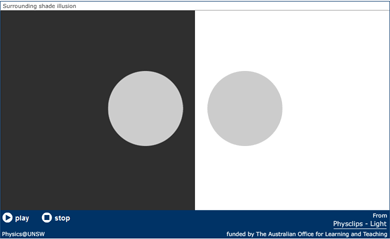
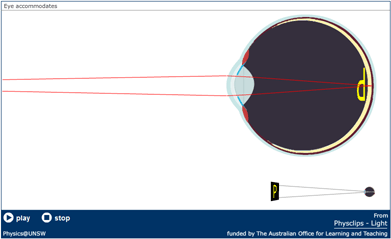
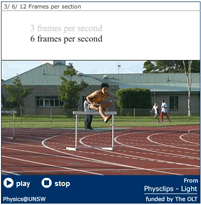
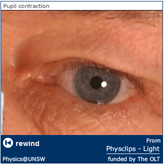
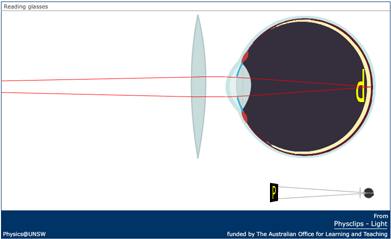
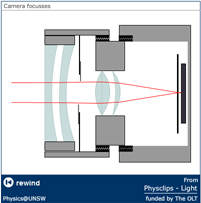
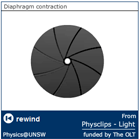
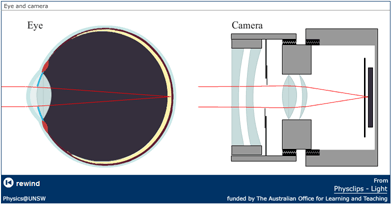

No comments:
Post a Comment